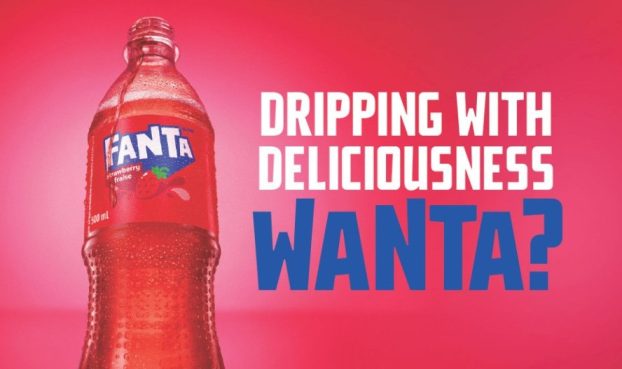Lina Alles is director of broadcast buying with Ogilvy & Mather in Toronto. For this report, Strategy asked for her insights on information-based specialty channels.
To the surprise of many – and the chagrin of some – specialty channels are doing very well in Canada. Overall tuning to specialty television has been increasing year over year, while tuning to conventional television has declined. And further increases are anticipated as additional channels are licensed.
The majority of the specialty channels on air are programming-based, offering content in traditional 30- and 60-minute blocks. This is similar to the format of most conventional stations, and therefore quite straightforward to analyze.
Within the specialty realm, however, there is a subset of channels whose format and content are very different from that with which television buyers are used to dealing. Included in this group are the likes of CTV Newsnet (formerly CTV News 1), The Weather Network, Headline Sports and CP24. These channels are information-based rather than programming-based. Because they are not standard in their look and content, they are more challenging to analyze, requiring buyers to think outside the box of traditional television.
The focus of these channels is to provide the viewer with regular updates and reports on a given topic. In other words, the information is the programming.
There is no typical information-based format. CTV Newsnet, for example, employs a ‘wheel’ format. At the top of the hour, the channel features national news, followed by business and weather, and the cycle repeats every 15 minutes. Commercials are placed at the beginning and end of each wheel, so as not to interrupt the flow and integrity of the news coverage.
The Weather Network, by contrast, divides its schedule into different forecasts, each of which is followed by a commercial break.
As for CP24, its format is unique, offering a number of different information streams simultaneously. The screen is set up in such a way that, at a single glance, the viewer can get a weather forecast, plus up-to-date news and sports information, plus traffic conditions, and so on.
Information-based channels do not offer specific programs that attract an audience. Instead, viewers tune in for a quick information update. As a result, these services pose a unique challenge for advertisers and buyers.
The strength of information-based channels is that they serve a unique purpose and attract a distinct viewership. Typically, the audience consists of Adults 25-54 (with a slight male skew) – light television viewers who are well-educated and earn incomes in the mid-to-high range. Channels like CTV Newsnet and CP24 are a cost-efficient way of reaching this elusive target, while extending reach and adding frequency to a traditional campaign.
The weakness of information-based channels is that viewers are generally thought to tune in only for short periods of time to get an update, and then tune out before the commercial is seen. Zapping, of course, is a concern even on traditional stations, but information-based channels seem to be especially vulnerable to this phenomenon – and that poses a challenge to buyers.
One way to combat the problem is to keep the information ticker onscreen while the commercial is running, as CP24 and Headline Sports do. Still, the concern lingers that the commercial message may be lost on viewers. Stations would do well to provide some research that might dispel this fear – but to date, I haven’t seen any.
Given these limitations, it’s essential to have a buying strategy that addresses the unique format of information-based channels.
Such channels should not be purchased solely on the basis of cost-efficiencies. It doesn’t matter how cheap the spot is – if nobody sees it, then it’s not cost-effective. The challenge is to develop a strategy that ensures buys are both cost-efficient and cost-effective.
The relationship between channels and advertiser must go beyond the mere placement of 30-second commercials. In order to take full advantage of the format, one needs to innovate and be open to different ways and means of reaching the consumer.
There are limitless opportunities for sponsorship and/or billboarding of features and updates on information-based channels. Are you advertising an allergy medication? Then consider sponsoring a pollen update. Mutual funds? You could sponsor any number of business news features. Whatever the category, there are potential tie-ins targeted precisely to your consumer.
Look at Claritin’s sponsorship of the Pollen Report, or Green Cross’s sponsorship of the Lawn & Garden Forecast, both on The Weather Network. These are great examples of advertisers going well beyond the traditional 30-second campaign.
True, they may not be reaching large numbers of people. But the ones they do reach are predisposed to pay attention. Better to reach that small group of allergy-prone viewers who are watching the Claritin Pollen Report – and who are presumably inclined to buy allergy products – than a much larger audience that could care less about allergies and allergy products. At the end of the day, after all, advertising is about selling product – not about being in the highest-rated program.
The fact that information-based specialty channels provide opportunities for advertisers to target their consumers directly makes them an attractive option. As buyers, it is up to us to think outside the traditional television box, and figure out how these channels can be used to complement conventional campaigns.
Also in this special report:
– Newsworld builds a name for itself over event-filled decade: Cable service has evolved into internationally respected news brand p.21
– Not much to distinguish online news portals p.28
– News radio will survive – and thrive p.29
– ROBTV to corner the financial markets p.30
– TSTV offers sales pitch for Toronto Star: Torstar-owned infomercial channel helps sell subscriptions to print sister p.30























